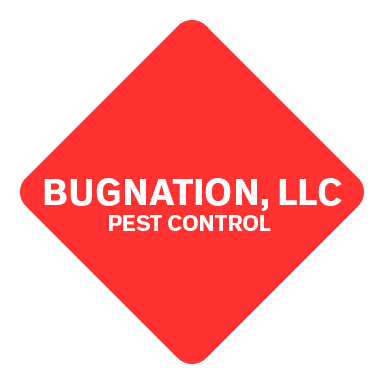
Navigating the world of pest control can feel overwhelming with the array of methods available. From traditional chemical treatments to innovative non-toxic solutions, each pest control method has its unique approach and benefits. Understanding these options is crucial for selecting the best solution for your home. In this blog, we’ll decode the various pest control methods, helping you find the perfect solution to keep your home pest-free and comfortable.
Chemical Pest Control: Chemical pest control remains one of the most popular and effective methods for managing a wide range of pests. This approach involves using pesticides designed to target and eliminate pests quickly. The variety of chemical treatments includes sprays, baits, and foggers, each formulated to address specific types of infestations.
Advantages:
- High Efficacy: Chemical treatments often deliver rapid results, reducing pest populations swiftly.
- Versatile Options: A broad spectrum of pesticides is available, allowing for targeted treatment based on the pest species.
- Immediate Impact: Chemicals can effectively eliminate pests in a short time, addressing urgent infestations.
Disadvantages:
- Health Concerns: Chemicals can pose risks to humans and pets if not used properly, necessitating careful application and ventilation.
- Environmental Impact: Some pesticides may negatively affect beneficial insects and local ecosystems.
- Resistance Development: Over time, pests may develop resistance to certain chemicals, potentially diminishing their effectiveness.
Heat Treatment: Heat treatment is a modern and environmentally friendly method primarily used for eliminating bed bugs and other pests that thrive in specific temperature ranges. This method involves raising the temperature of the affected area to a level lethal to pests, effectively eradicating all life stages, including eggs.
Advantages:
- Chemical-Free: Heat treatment eliminates the need for pesticides, making it a greener option.
- Complete Elimination: It effectively targets all stages of pests, ensuring thorough eradication.
- Residue-Free: Unlike chemical treatments, heat leaves no harmful residues behind.
Disadvantages:
- Cost Consideration: The process can be more expensive due to the specialized equipment and energy required.
- Potential Damage: High temperatures might affect sensitive items or materials within the treated area.
- Coverage Limits: Heat treatment may not be feasible for every type of infestation or in certain settings.
Integrated Pest Management (IPM): Integrated Pest Management (IPM) is a comprehensive approach that combines multiple strategies for pest control, focusing on prevention and long-term solutions. IPM utilizes a mix of biological, cultural, physical, and chemical methods tailored to the specific pest problem and environment.
Advantages:
- Holistic Approach: IPM integrates various methods, addressing pests from multiple angles for a more sustainable solution.
- Reduced Chemical Use: By emphasizing non-chemical strategies, IPM minimizes reliance on pesticides.
- Preventive Measures: The approach includes measures to prevent future infestations, enhancing long-term effectiveness.
Disadvantages:
- Complexity: Implementing IPM can be more intricate, requiring a thorough understanding of pest behavior and environmental conditions.
- Time-Intensive: Developing and executing an IPM plan may take more time compared to single-method treatments.
- Expertise Required: Successful IPM often requires the involvement of pest control professionals with specialized knowledge.
Biological Pest Control: Biological pest control leverages natural enemies of pests, such as predators, parasites, or pathogens, to manage pest populations. This method seeks to maintain ecological balance by using organisms that naturally control pest numbers.
Advantages:
- Eco-Friendly: Biological control methods are gentle on the environment and promote natural ecosystems.
- Targeted Control: Natural predators are often specific to particular pests, reducing the impact on non-target species.
- Sustainable Solutions: This method provides ongoing control with minimal intervention once established.
Disadvantages:
- Effectiveness Variation: Biological control may not be effective for all types of pests or in all environments.
- Slow Action: Results can take time as natural predators establish and reduce pest populations.
- Environmental Dependency: Success can be influenced by environmental factors and habitat conditions.
Choosing the Right Method: Selecting the most appropriate pest control method depends on various factors, including the type of pest, the severity of the infestation, and any potential health or environmental concerns. Consider the advantages and limitations of each method and consult with a pest control professional to determine the best solution for your specific needs.
Conclusion: Understanding the different pest control methods available is essential for effectively managing pest problems in your home. Whether you choose chemical treatments, heat methods, integrated pest management, or biological control, each approach offers distinct benefits and challenges. By evaluating your specific situation and seeking professional advice, you can find the perfect solution to keep your home pest-free and ensure a comfortable living environment for you and your family.







